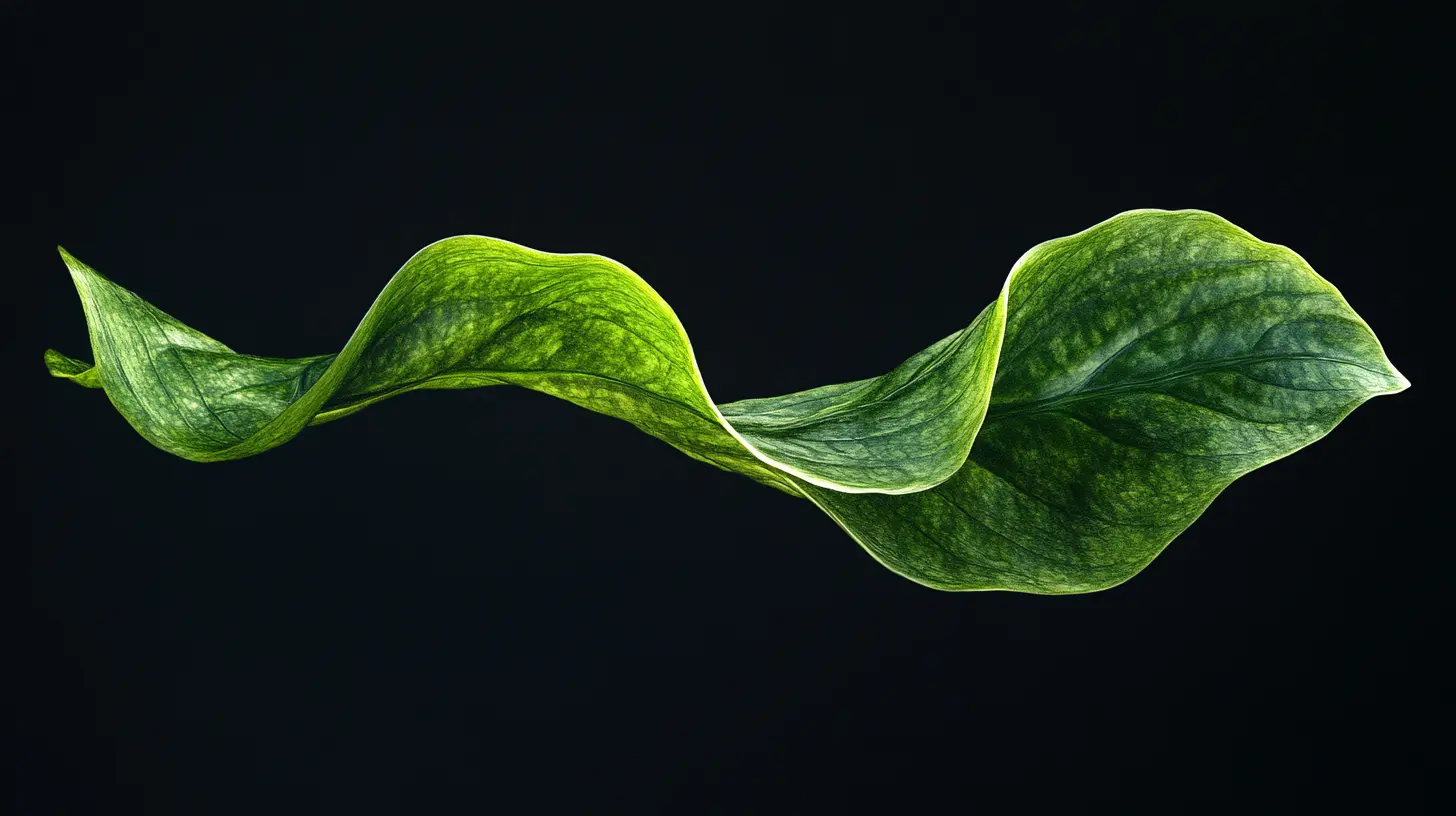

India is a country with a huge variety of climatic conditions, from tropical to temperate. The key to successful gardening is the right selection of plants that will suit the climate of your region.

India's tropical climate is ideal for growing plants that require heat and humidity. Among such plants are mangoes, papayas and coconut palms. These crops feel comfortable in the hot climate and give delicious fruits.
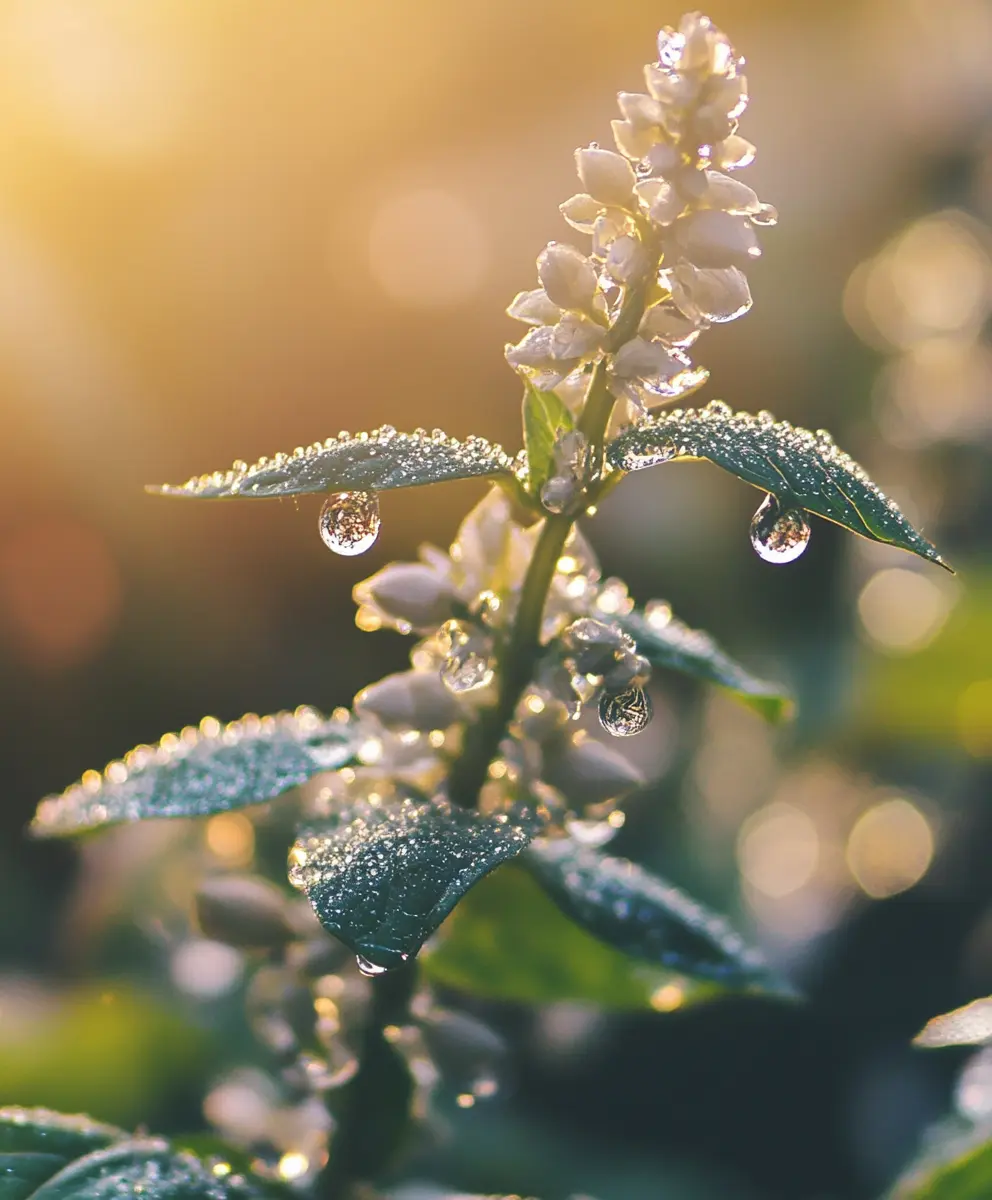
If you live in arid regions, opt for cacti and succulents. Plants like aloe vera and agave can withstand high temperatures and minimal watering.

For cooler climates, temperate plants like lavender, chamomile and various types of flowers are ideal.
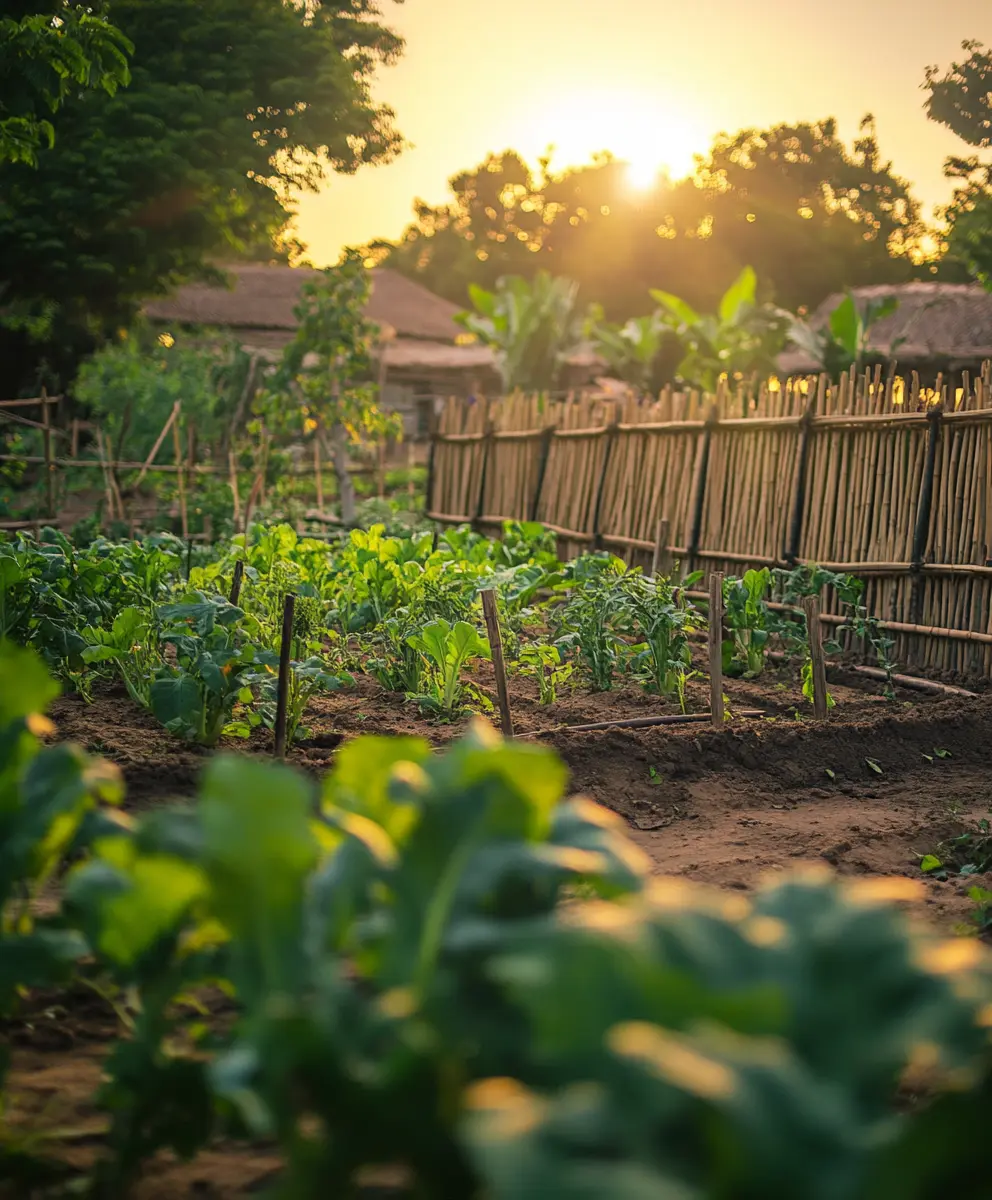
Plants that are suitable for growing in India for culinary purposes include chillies, coriander, basil and parsley. Not only do they add flavour to dishes, they are also easy to care for.
Regular watering is critical for plant health, especially in arid regions. It is important to know how much water each plant needs to avoid both overwatering and drying out.rIndian soil can vary greatly depending on the region. In the southern and eastern regions, the soil is wetter and more fertile, while in the northern and western parts, dry and rocky soils are common. Regular addition of compost and organic fertilizers helps improve the quality of the soil.
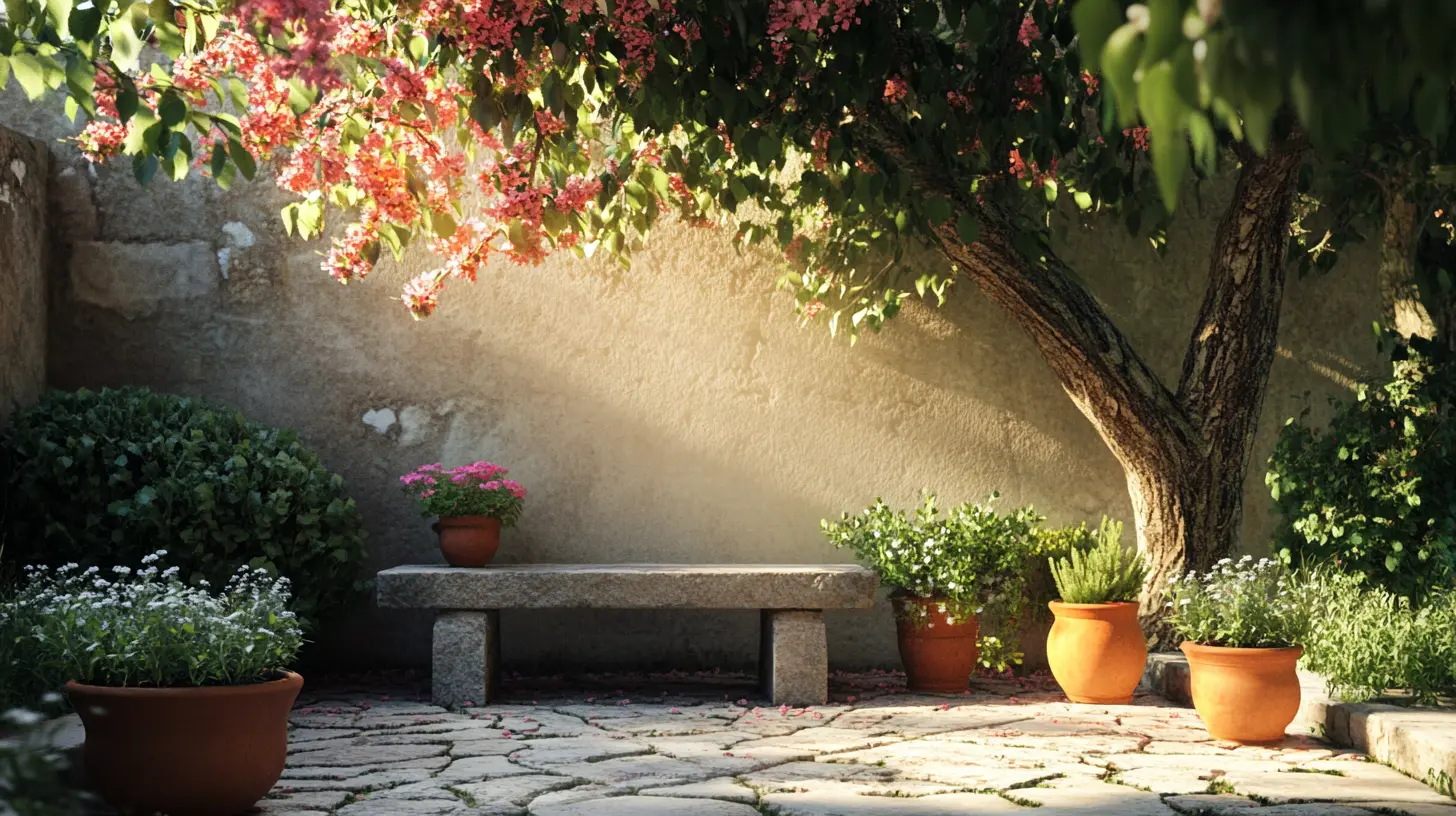
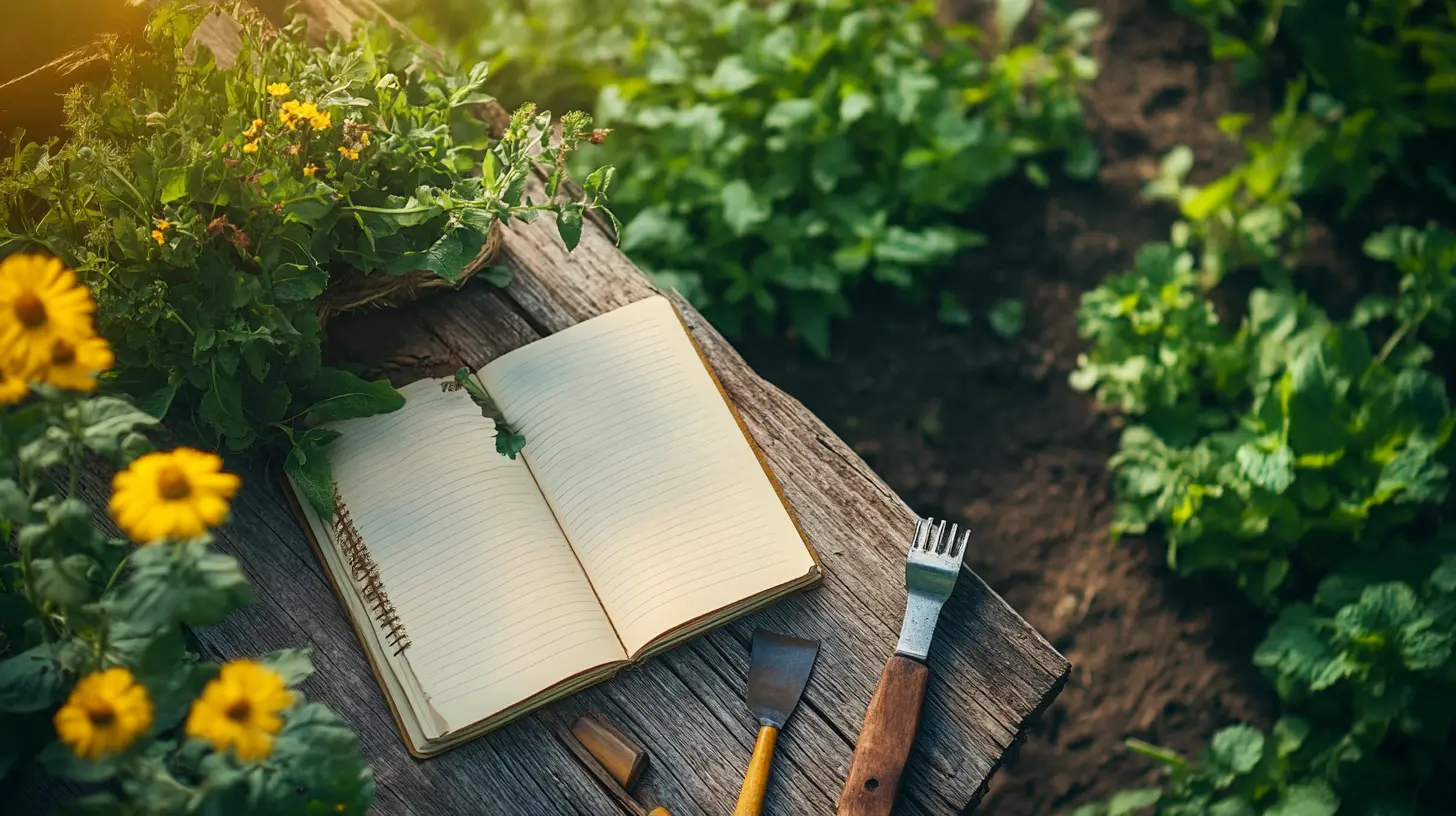

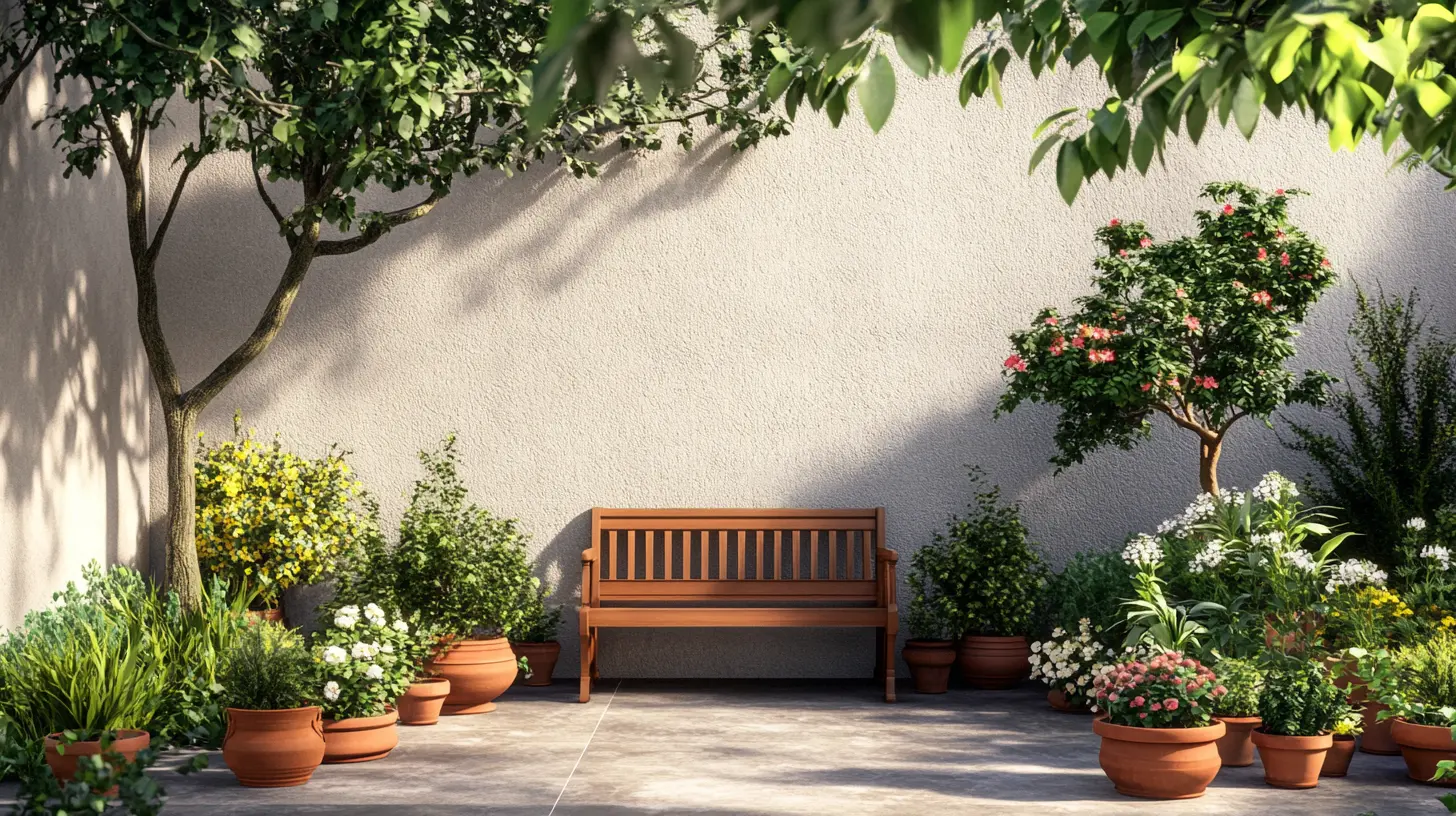
One of the most popular plants in Indian households. It has medicinal properties, purifies the air and is easy to grow even in a pot.
An extremely nutritious plant. Its leaves are eaten and are also used in Ayurvedic medicine. It is undemanding to soils and tolerates heat well.
In addition to its decorative beauty, hibiscus is used to make teas and infusions. It takes root well in southern regions and attracts butterflies to your garden.
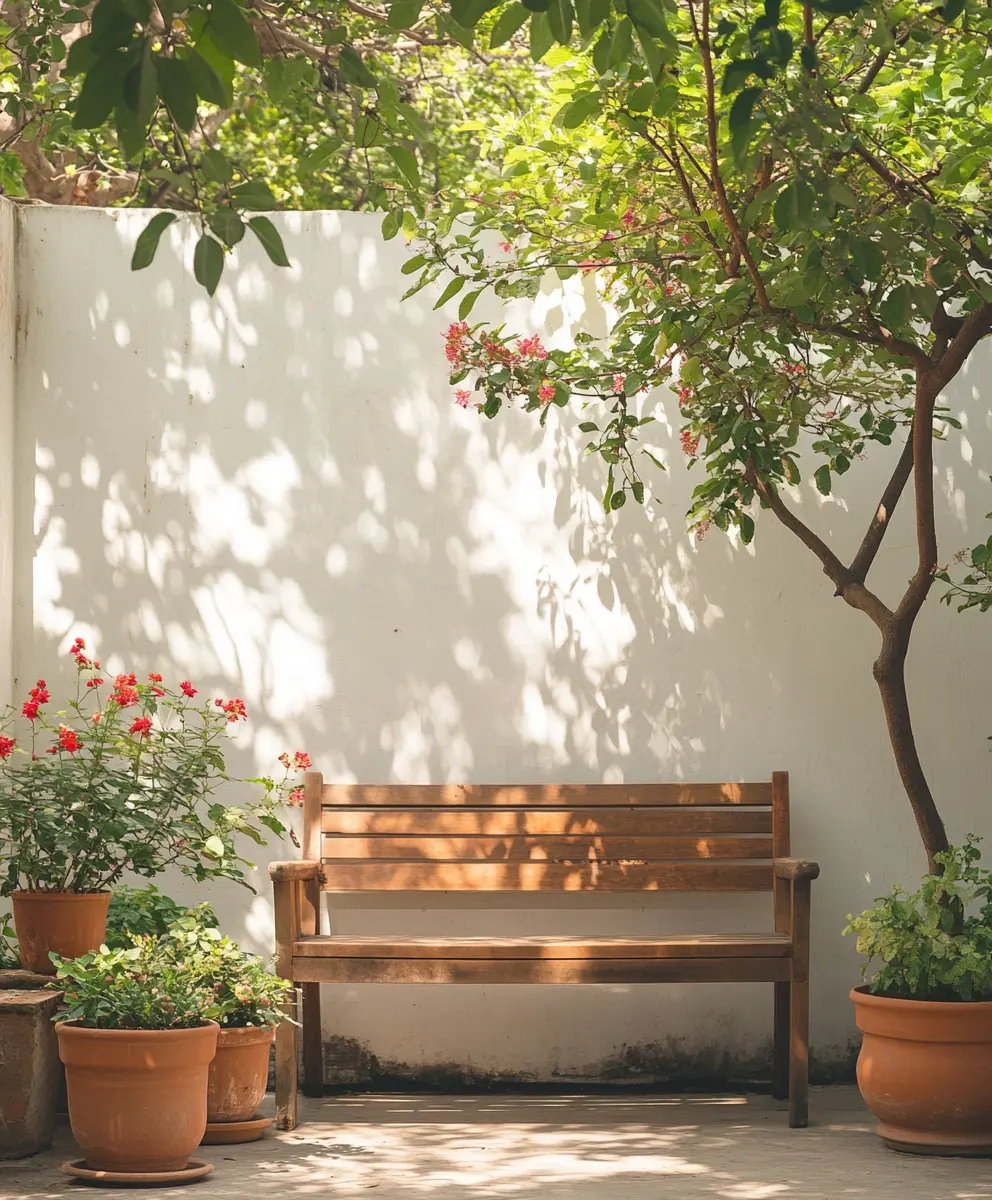
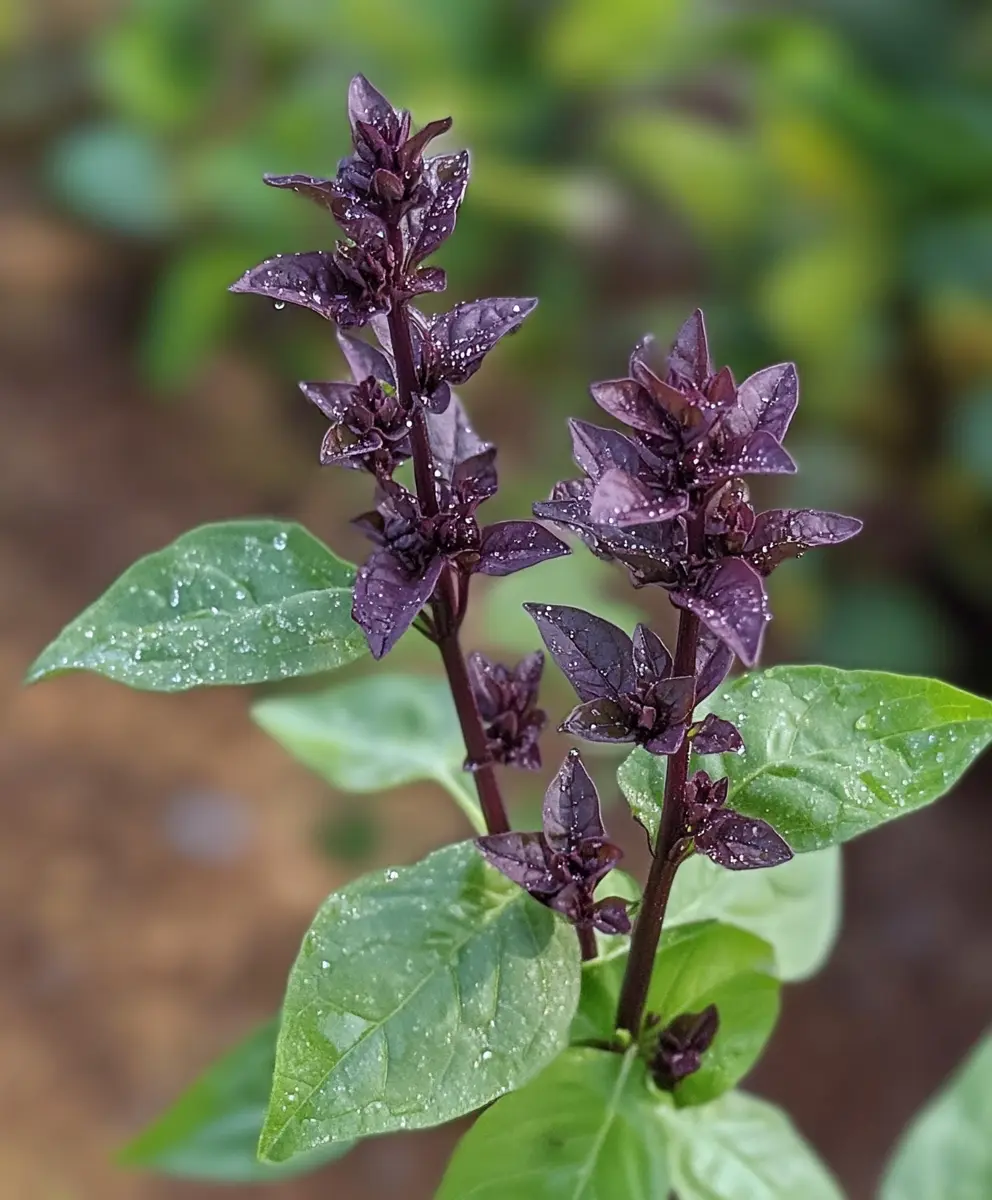
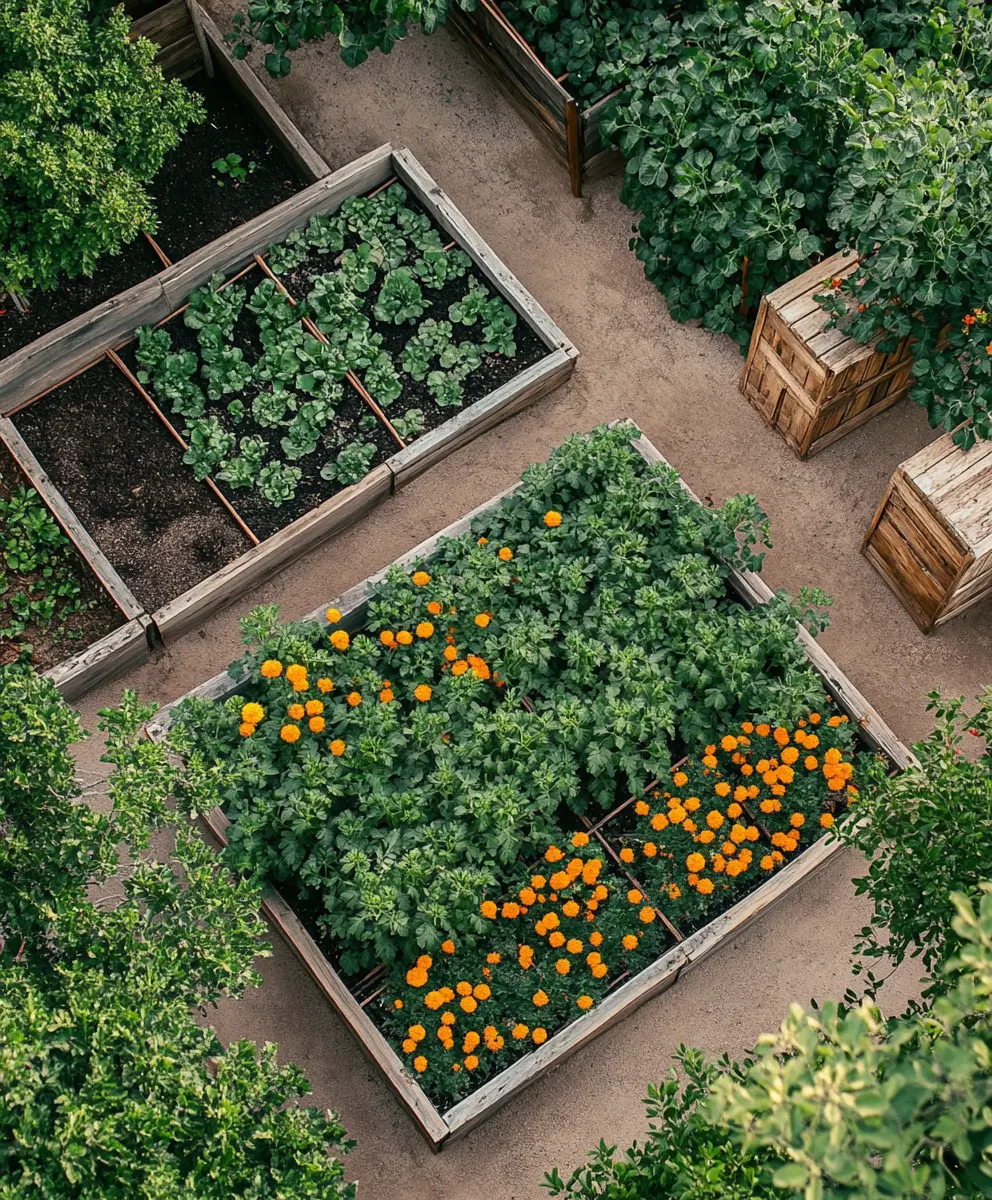
Compact and productive. They can be grown in a regular pot or hanging planter. They don’t need much space, but they do need sun.
A fragrant herb that grows quickly. Perfect for summer drinks, hot tea or curries. Grows well even in the shade.
Yes, balcony gardening can even include turmeric! It grows from rhizomes, and after 6–8 months you can harvest your own crop.